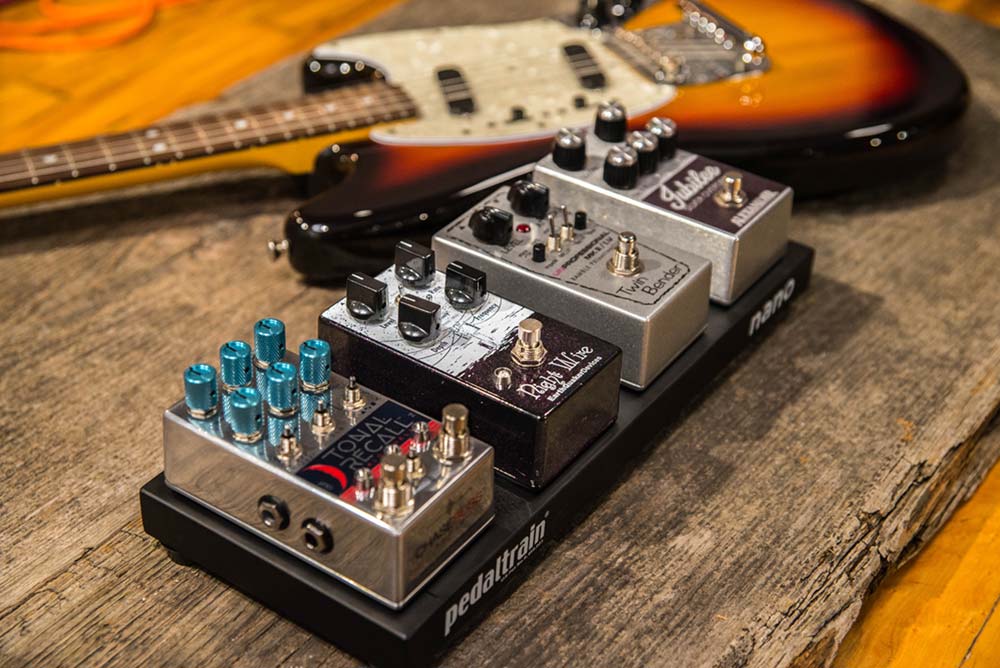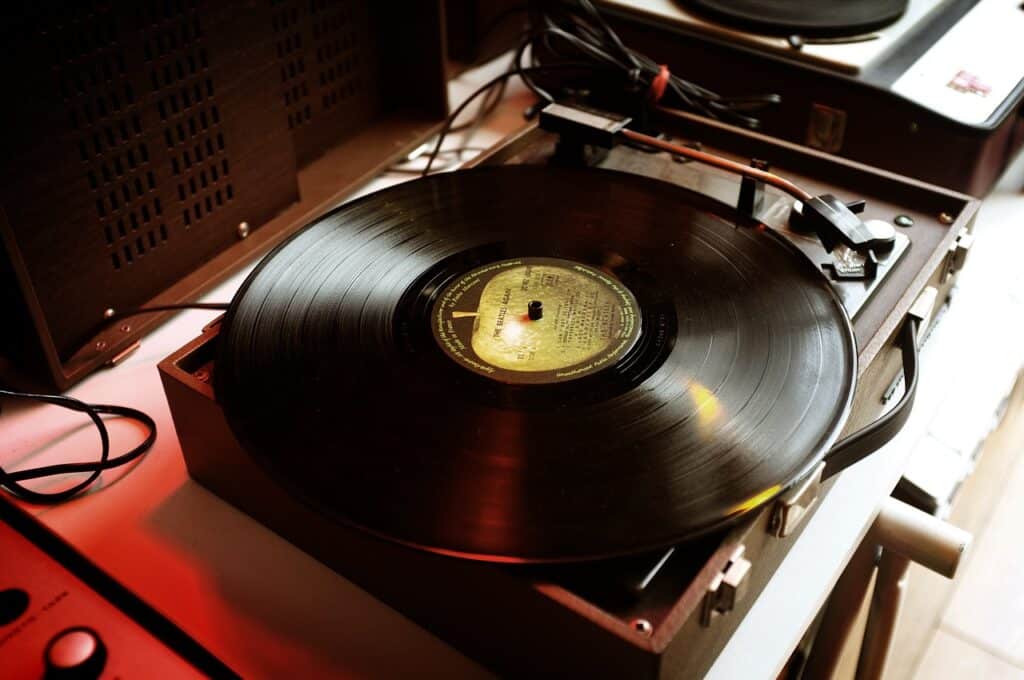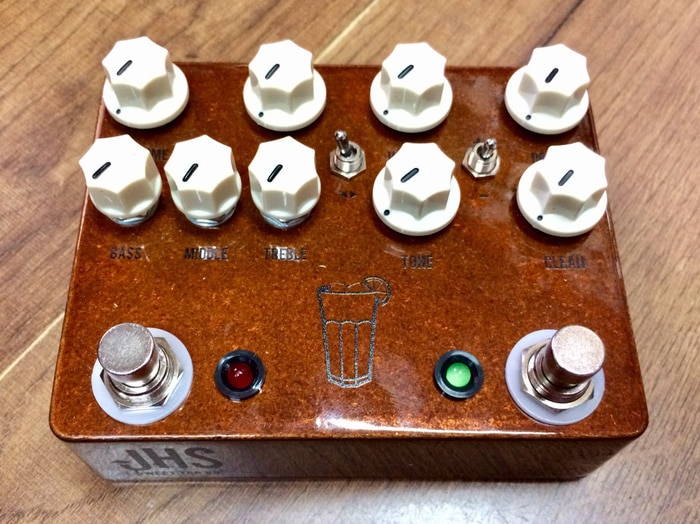Guitar amp under $200: What you should and should not expect?
$200 is a decent budget for a guitar amplifier, but any experienced musicians know that top-of-the-line amplifiers can sell for much more than that. So what do you get for $200 and what will you need to sacrifice?
The first thing that you need to be aware of when choosing a budget amp is that your options for power will be somewhat limited. Most amplifiers under $200 offer 20 watts of power or less, which is plenty for practicing at moderate volumes but not as ideal for a gig. That said, some amplifiers like the models from Line 6 and Fender offer up to 40 watts, which makes them more versatile for playing from a stage.
Another thing to keep in mind is that amp heads are relatively uncommon under $200. Most of the amps we reviewed – with the notable exception of the Orange Amps model, which is a hybrid amp head – are combination amps. This is not a huge problem, but it does make upgrading your amplifier system more difficult later since you can’t mix and match speaker heads and cabinets.
With those minor downsides in mind, an important thing that amps under $200 do have is solid sound quality. Budget amplifiers in this price range typically have much of the sound modeling of more expensive amplifiers.
For example, the
Fender Mustang I V2, the least expensive amplifier we reviewed, includes USB connectivity so that you can program your amplifier using 17 different amp models.
Features to consider while choosing a guitar amplifier
With those basic restrictions on guitar amps under $200 in mind, what features should you be looking for in your amp? The style and specifications of amp you need depend a lot on how you plan to use it and your playing style, so it’s important to think about the type of amp you want and then match that up to specific features.
Type
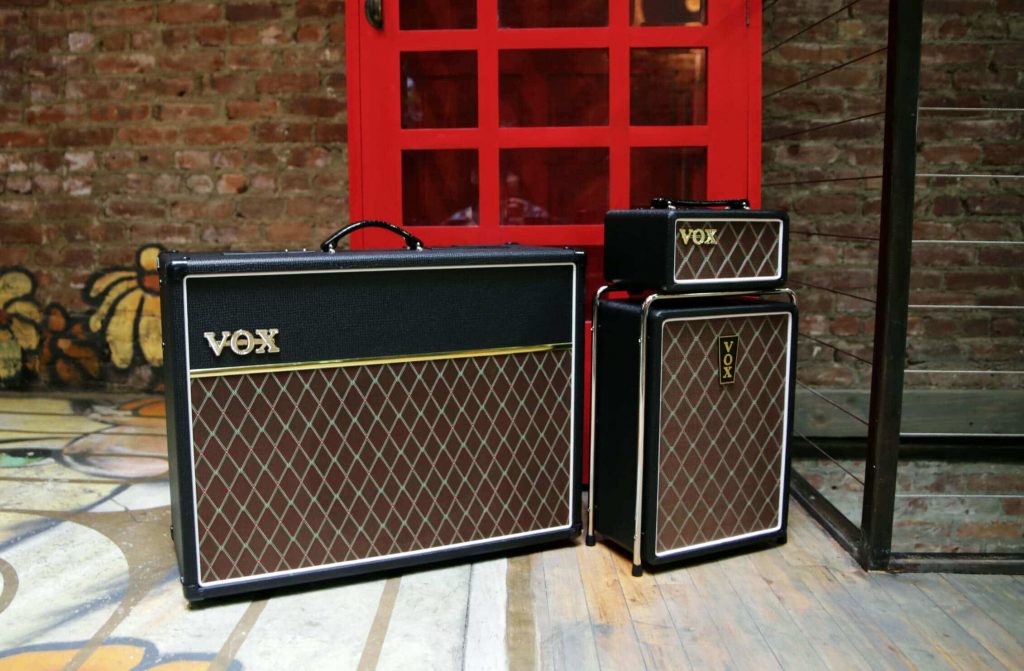 Amplifiers can be divided into five basic types: tube, solid-state, modeling, hybrid, and acoustic.
Amplifiers can be divided into five basic types: tube, solid-state, modeling, hybrid, and acoustic.
Tube amplifiers, like the amp from Bugera, are known for the warm tones they produce and their very natural-sounding distortion. Many guitarists appreciate this sound as well as the extra volume that tube amplifiers put out compared to solid-state amplifiers with the same wattage. In addition, the distortion can typically be turned off quickly by switching into a “clean” mode on the amp. Keep in mind that the tube in tube amps needs to be replaced on occasion.
Solid-state amplifiers are inexpensive and reliable because they use transistors for their preamp and power construction. Thanks to their low cost, solid-state amplifiers are ubiquitous in the under $200 category and are used widely among guitarists. These amplifiers naturally produce a clean sound, although most models also have a distortion mode.
Modeling amps are solid-state amplifiers that use computer processors to replicate the warm, distorted sound of a tube amplifier. These amplifiers are typically programmable and come with many different sound models, so that you can choose what type of sound you would like for your guitar.
While modeling amps were once more expensive, they are now widely available for under $200 and are extremely popular because of their versatility.
Hybrid amps try to mimic the sound of a tube amplifier by using a tube in their preamp and a transistor in their power construction. The advantage to hybrid amps like the Orange Amps amp head is that they don’t require as much maintenance as tube amplifiers, but produce similarly natural distortion.
Finally, acoustic amplifiers like the Fender Acoustasonic 40 are designed to produce extremely clean tones rather than mimic the sound of tube amps. These amplifiers are the perfect pairing for acoustic guitars because they accurately reproduce sound and maintain the natural sound and feel of an acoustic guitar.
Configuration
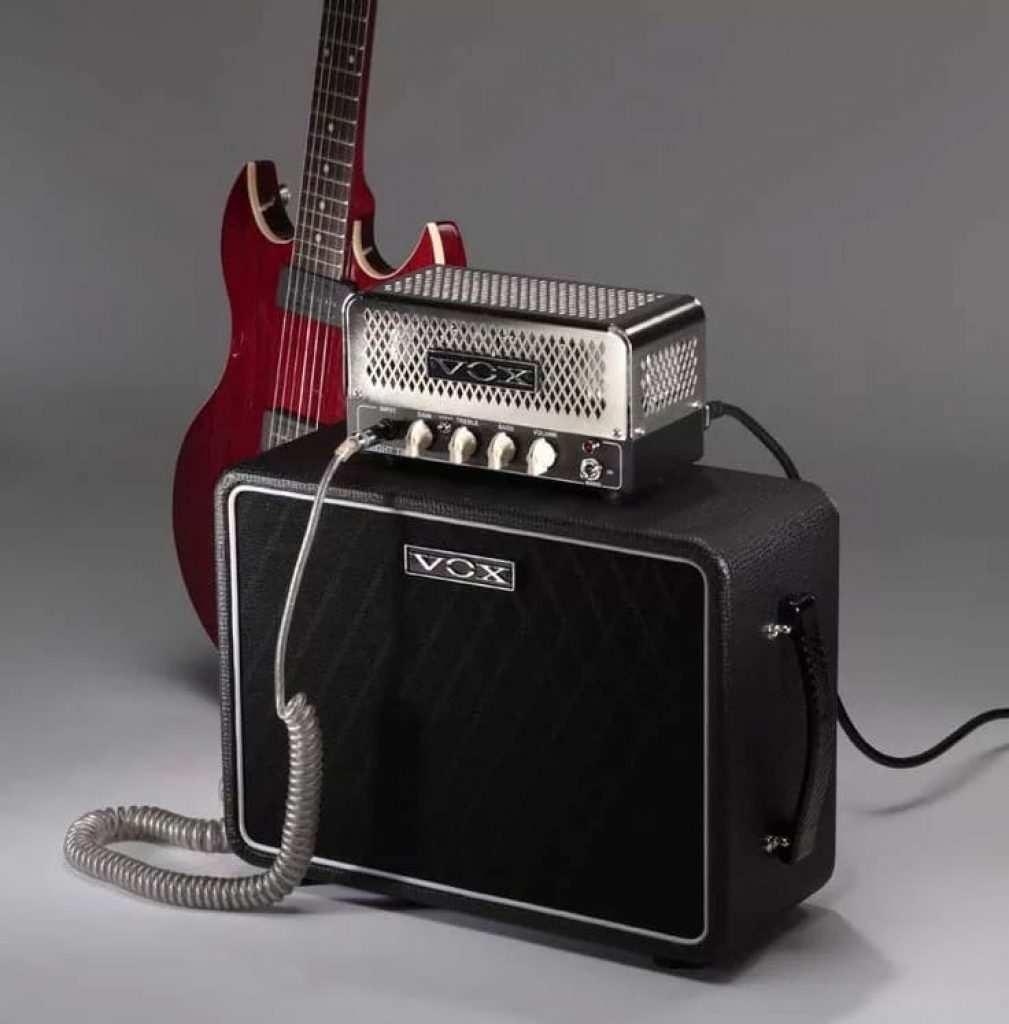
There are a number of different configurations for guitar amps. The most common configuration for amps under $200 is a combo amp, which puts the amplifier and speaker in a single cabinet. Alternatively, you can purchase an amp head like the Orange Amps head and pair it with just about any speaker to create a custom amplifier setup. You can also create an amp stack by pairing two or more speaker cabinets with an amplifier head, which is ideal for gigs in larger spaces where extra volume is needed.
Power and speaker size
The power and speaker size of your amp determine the volume that it can play at without becoming overly distorted. Most amplifiers under $200 are limited to 20 watts, although acoustic amps like the model from Fender can produce up to 40 watts of power.
Speakers in these amplifiers also tend to be on the small side, around eight inches. While most low-priced amplifiers include only a single speaker cone, some models like the Fender acoustic amp are built with two smaller 6.5-inch speaker cones.
Construction
The construction of an amplifier is about much more than durability – it’s also one of the most important determinants of sound quality. The thinner the construction of the amplifier, the more likely it will be to vibrate, which causes unwanted distortion of the tone. Amplifiers that are built with less than one-half inch of casing are typically prone to such distortion, although many budget amplifiers straddle this casing thickness.
Also, keep in mind that the presence of a backing on the amplifier is important. Amplifiers with a back will generally produce a better bass response than amplifiers with an open back.
Additional features and built-in effects
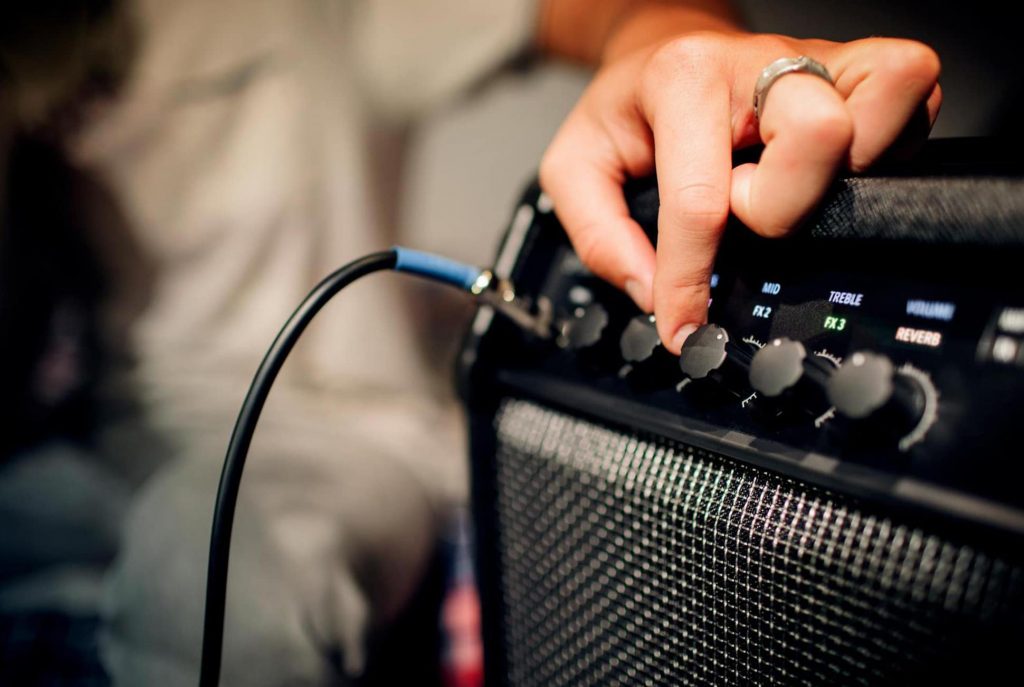 There are a huge variety of extra features and effects that can be built into amplifiers, and in the under $200 price range the presence and quality of these features varies widely. For example, some amps use spring reverbs to create a natural bass sound, while others use digital reverb to keep the cost of the amp low. Some amps also include extra inputs, known as effects loops, to allow you to add stomp boxes, rack units, or other effects after the pre-amp to avoid unwanted amplification.
There are a huge variety of extra features and effects that can be built into amplifiers, and in the under $200 price range the presence and quality of these features varies widely. For example, some amps use spring reverbs to create a natural bass sound, while others use digital reverb to keep the cost of the amp low. Some amps also include extra inputs, known as effects loops, to allow you to add stomp boxes, rack units, or other effects after the pre-amp to avoid unwanted amplification.
Depending on your playing style, you may want to consider choosing an amp with channel switching. Channel switching allows you to quickly and seamlessly switch between a clean sound and a distorted sound. Note that even if your amp has channel switching capabilities, you may need extra equipment, like a foot switch, to change channels remotely.
Finally, consider the number and type of built-in effects, or models, that your amp comes with. For example, the Line 6 amp comes with 128 preset models, while the budget Fender Mustang I V2 only comes with 17 preset models. Having more models may be unnecessary if you prefer a clean tone, but it can also be important in unlocking your creative style.
Warranty
Even under $200, a guitar amp is a big purchase. Most manufacturers offer warranties to protect your purchase against defects in the wiring or speaker units, but these warranties can vary widely. For example, Fender offers a five-year warranty on their budget amplifier, while Line 6 and other manufacturers offer only one- or two-year warranties.






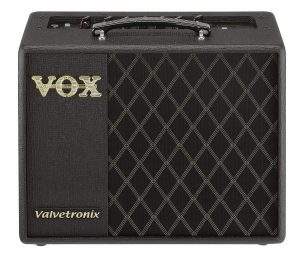
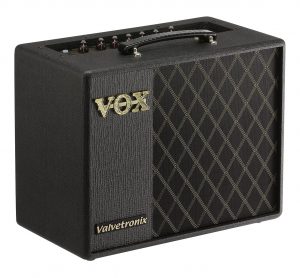
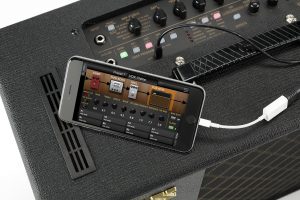
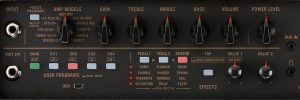
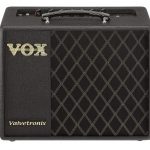
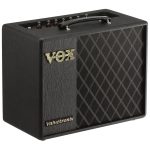
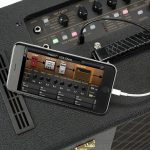
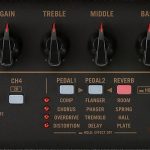
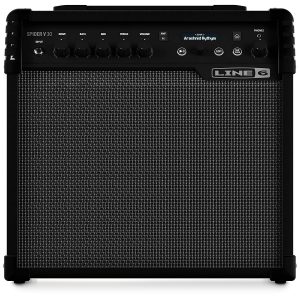
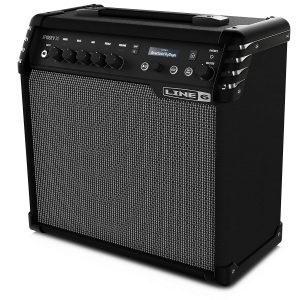
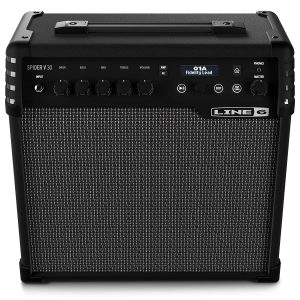
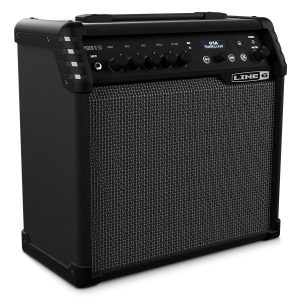
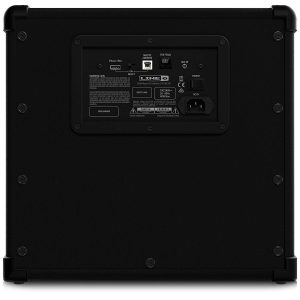
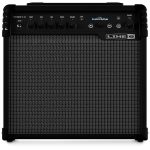
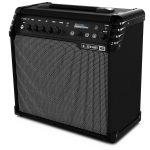
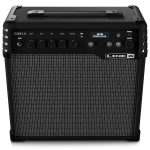
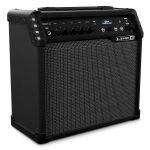
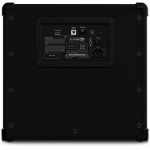
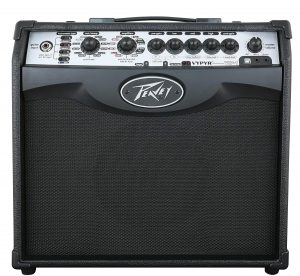


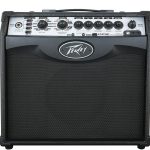
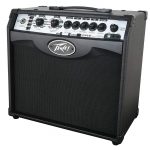
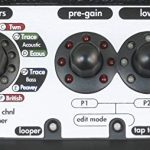
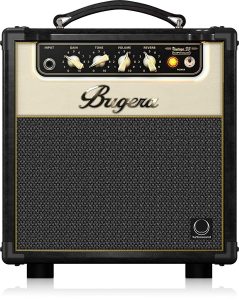
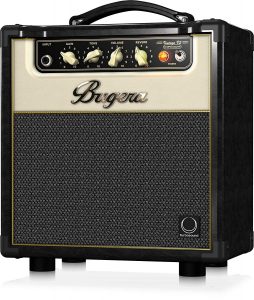
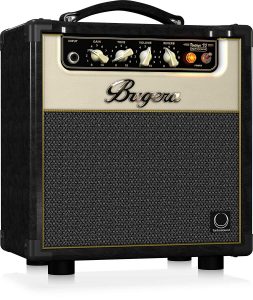
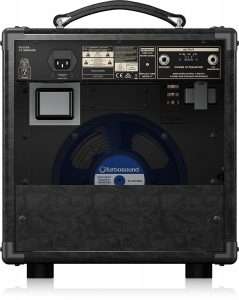
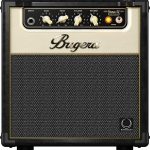
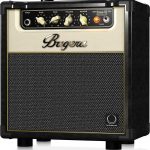
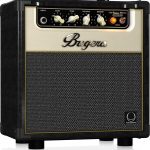
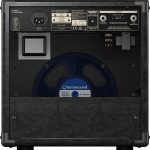
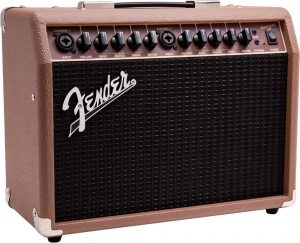
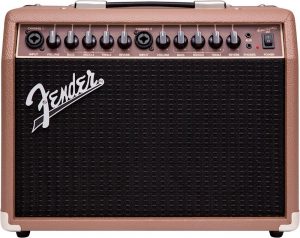
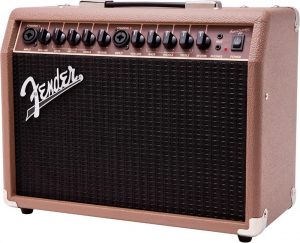
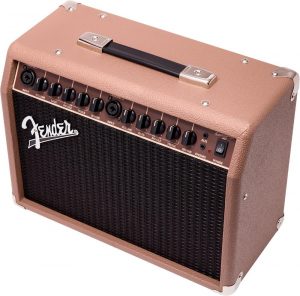
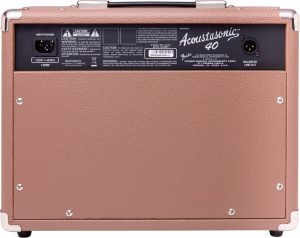
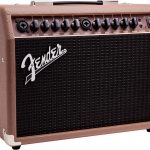
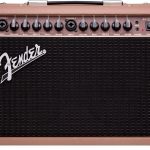
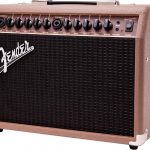
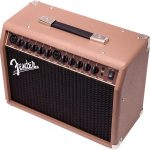
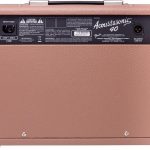
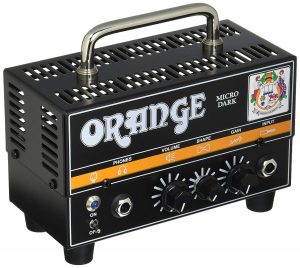
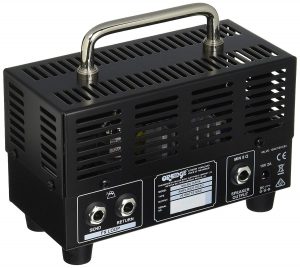
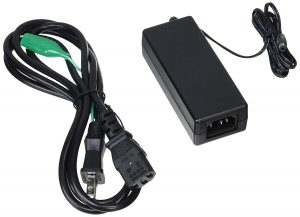
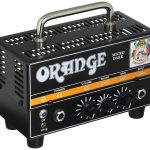
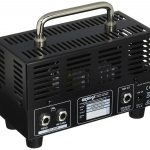
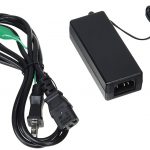
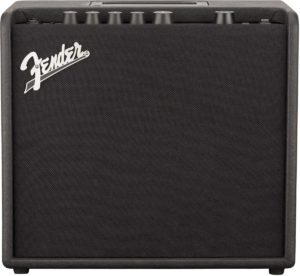
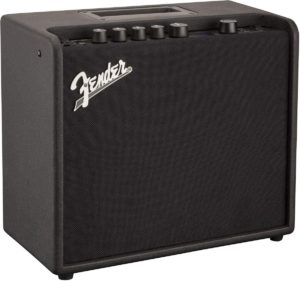
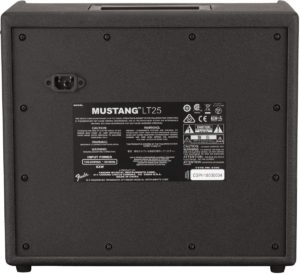

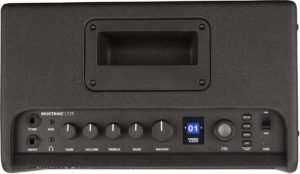
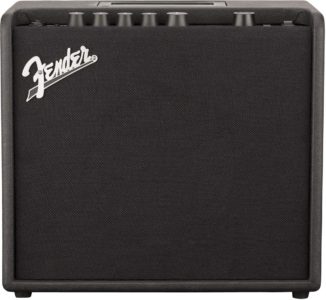
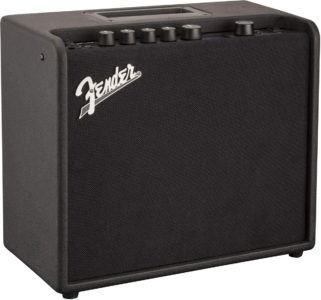
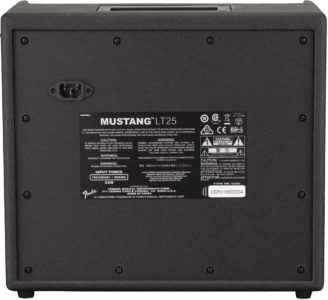

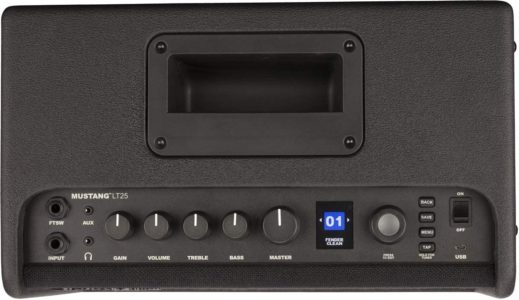
 Amplifiers can be divided into five basic types: tube, solid-state, modeling, hybrid, and acoustic.
Amplifiers can be divided into five basic types: tube, solid-state, modeling, hybrid, and acoustic.
 There are a huge variety of extra features and effects that can be built into amplifiers, and in the under $200 price range the presence and quality of these features varies widely. For example, some amps use spring reverbs to create a natural bass sound, while others use digital reverb to keep the cost of the amp low. Some amps also include extra inputs, known as effects loops, to allow you to add stomp boxes, rack units, or other effects after the pre-amp to avoid unwanted amplification.
There are a huge variety of extra features and effects that can be built into amplifiers, and in the under $200 price range the presence and quality of these features varies widely. For example, some amps use spring reverbs to create a natural bass sound, while others use digital reverb to keep the cost of the amp low. Some amps also include extra inputs, known as effects loops, to allow you to add stomp boxes, rack units, or other effects after the pre-amp to avoid unwanted amplification.




